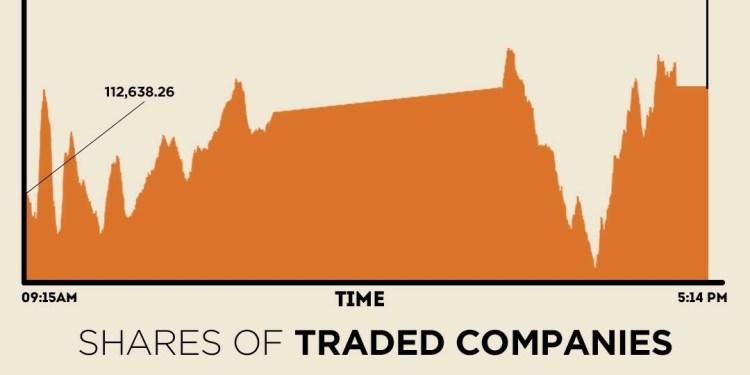Investing.com – Crude prices started the week in negative territory on Monday, as traders weighed a steady increase in U.S. output against OPEC’s ongoing efforts to drain the market of excess supplies.
U.S. West Texas Intermediate (WTI) shed 60 cents, or 0.9%, to $64.86 a barrel by 3:30AM ET (0830GMT). The U.S. benchmark slumped 35 cents in the last session.
Meanwhile, futures, the benchmark for oil prices outside the U.S., fell 64 cents, or roughly 1%, to $67.94 a barrel, after hitting its lowest level in around a month at $67.70 earlier in the session.
WTI crude lost roughly 1% last week, while Brent declined about 2.8%, as rising U.S. oil production pushed down prices.
The number of oil drilling rigs climbed for a second week in a row, General Electric (NYSE:)’s Baker Hughes energy services firm said in its closely followed report on Friday. It rose by six to last week, implying that further gains in domestic production are ahead.
Domestic U.S. output has rebounded by almost 20% since the most recent low in mid-2016, and increasing drilling activity for new production means output is expected to grow further, as producers are attracted by climbing prices.
U.S. crude oil production, driven by shale extraction, hit 9.91 million barrels per day last week, according to government data, the highest level since the early 1970s and close to the output of top producers Russia and Saudi Arabia.
Oil prices have risen almost 55% from around $43 a barrel in June, benefiting from production cut efforts led by the Organization of the Petroleum Exporting Countries and Russia. The producers agreed in December to extend current oil output cuts until the end of 2018.
The deal to cut oil output by 1.8 million barrels a day (bpd) was adopted last winter by OPEC, Russia and nine other global producers. The agreement was due to end in March 2018, having already been extended once.
, market participants will eye fresh weekly information on U.S. stockpiles of crude and refined products on Tuesday and Wednesday to gauge the strength of demand in the world’s largest oil consumer.
In other energy trading, dipped 0.3% to $1.861 a gallon, while dropped 0.9% to $2.034 a gallon.
ticked up 2.2 cents, or 0.8%, to $2.868 per million British thermal units.
Fusion Media or anyone involved with Fusion Media will not accept any liability for loss or damage as a result of reliance on the information including data, quotes, charts and buy/sell signals contained within this website. Please be fully informed regarding the risks and costs associated with trading the financial markets, it is one of the riskiest investment forms possible.
Source: Investing.com





























